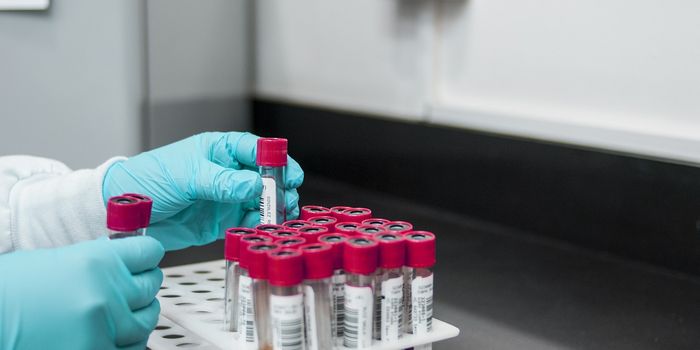The cone snail has been recognized as a natural born killer. While it moves incredibly slowly, it doesn’t have to rush. It’s able to secrete toxic venom that totally incapacitates its victim. The snail cone can be seen in action in the video below. While researchers have known that the venom could have potential as a painkiller, use in insulin therapy for diabetes is now being investigated.
Working in collaboration, researchers in the United States and Australia have elucidated the 3D structure of snail cone venom. They have demonstrated that these natural proteins, called Con-Ins G1, are able to act faster than human insulin. The researchers also found that Con-Ins G1 is able to bind receptors for human insulin, indicating it has great potential for therapeutic use in humans.
Leading the research was Associate Professor Mike Lawrence of Melbourne's Walter and Eliza Hall Institute of Medical Research, working with scientists at the University of Utah, the Monash Institute of Pharmaceutical Sciences, La Trobe University and Flinders University in Australia. Lawrence is a specialist in insulin and insulin receptor structure. The teams took advantage of the Australian Synchrotron to both determine and analyze the three-dimensional structure of the cone snail venom insulin protein, and generated some exciting data.
"We found that cone snail venom insulins work faster than human insulins by avoiding the structural changes that human insulins undergo in order to function -- they are essentially primed and ready to bind to their receptors, " explained Lawrence.
Lawrence commented that by comparison, human insulins could be considered clunky. "The structure of human insulins contain an extra 'hinge' component that has to open before any 'molecular handshake' or connection between insulin and receptor can take place.
"By studying the three-dimensional structure of this snail venom insulin we've found how to dispense with this 'hinge' entirely, which may accelerate the cell signaling process and thus the speed with which the insulin takes effect," continued Lawrence.
The findings, which were published in Nature Structural and Molecular Biology, build upon previous work from 2015 in which the team at University of Utah learned that the cone snail Conus geographus utilizes venom based on insulin to trap prey. When unsuspecting fish were targeted, they would become immobilized in a state of hyperglycemic shock caused by the venom. Next was to determine its therapeutic potential.
"We were thrilled to find that the principles of cone snail venom insulins could be applied to a human setting," explained co-author Dr Safavi-Hemami. "Our Flinders University colleagues have shown that the cone snail insulin can 'switch on' human insulin cell signalling pathways, meaning the cone snail insulin is able to successfully bind to human receptors."
"The next step in our research, which is already underway, is to apply these findings to the design of new and better treatments for diabetes, giving patients access to faster-acting insulins," she concluded.
Sources:
AAAS/Eurekalert! via
Walter and Eliza Hall Institute of Medical Research,
Nature Structural and Molecular Biology











